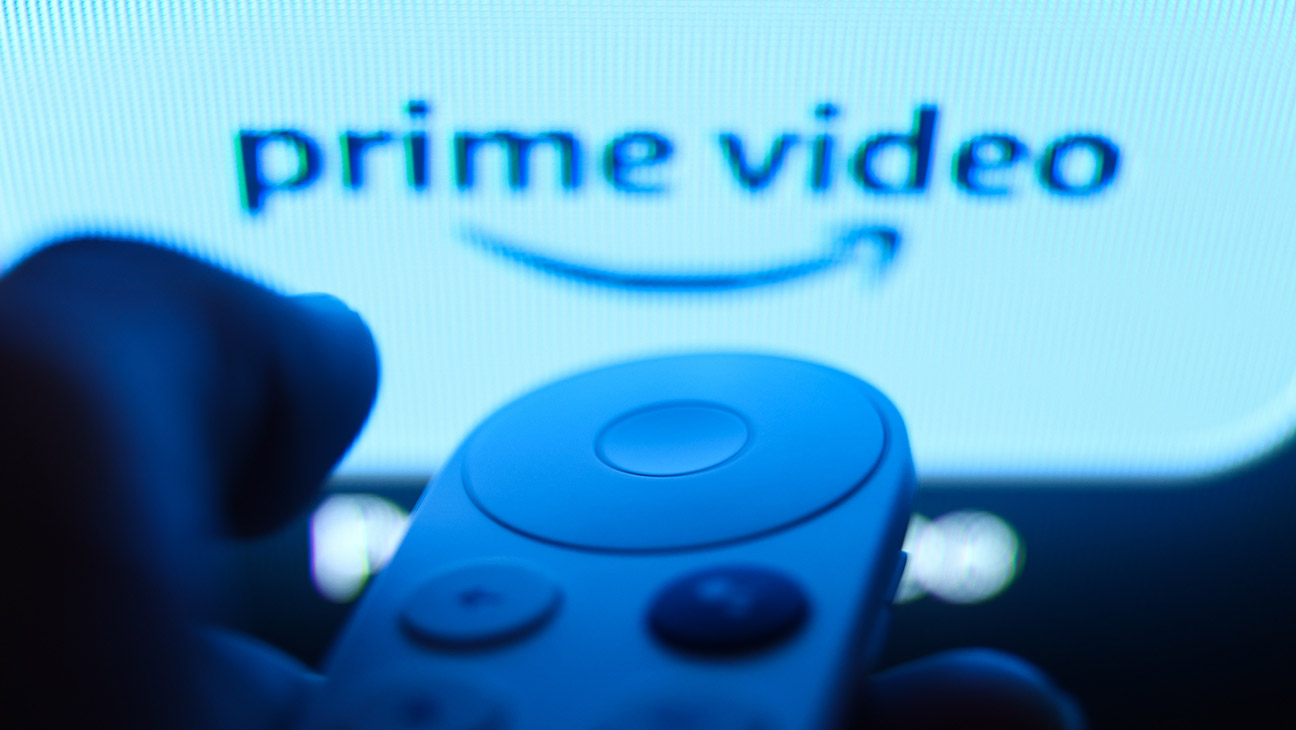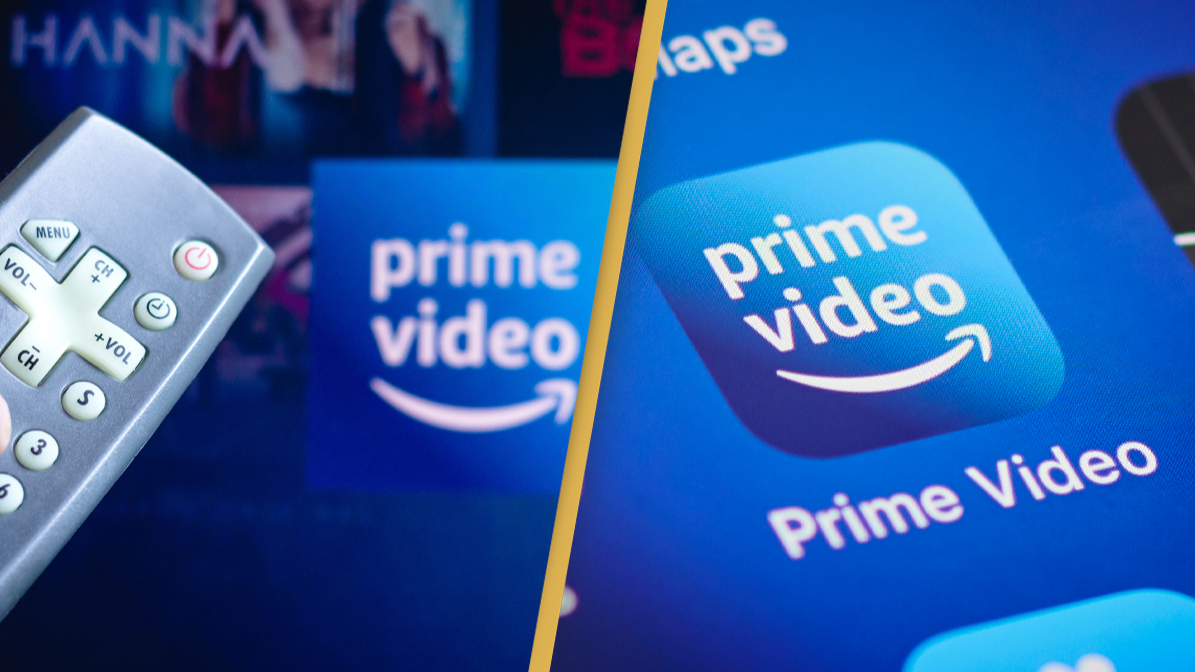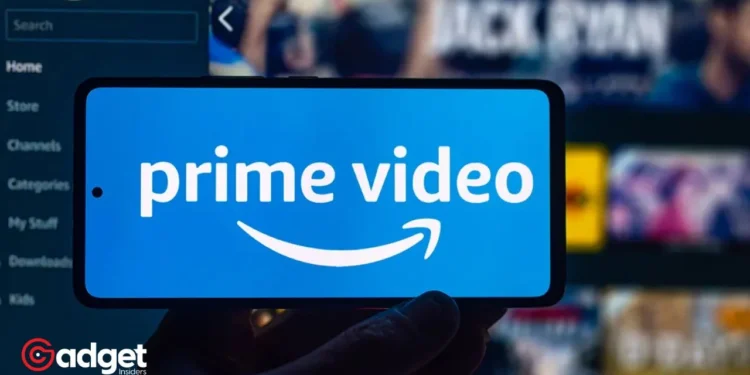In a move that has sparked widespread debate and legal action, Amazon finds itself at the center of a burgeoning controversy. The tech giant, known for its vast e-commerce empire and digital streaming services, has recently introduced advertisements into its Prime Video platform, a decision that has not sat well with its subscriber base.
This article delves into the details of the class action lawsuit filed against Amazon, exploring the implications for consumers and the digital advertising landscape.

The Heart of the Matter: Prime Video’s Shift to Ads
In January, Amazon made a significant change to its Prime Video service, a move that has led to the filing of a class action lawsuit in a California federal court. The lawsuit accuses Amazon of breaching contracts and violating consumer protection laws by introducing ads into Prime Video, a platform that was previously advertised as “commercial-free.”
This alteration has affected all Prime members, including those who had committed to annual subscriptions before the introduction of the ad-supported tier. The legal action seeks over $5 million in damages and aims to halt Amazon’s “deceptive conduct” regarding the newly implemented ads on Prime Video.
It highlights a growing dissatisfaction among consumers, who now find themselves compelled to pay extra to regain an ad-free viewing experience—a feature they believe was already included in their original subscription package.
Amazon is being sued after raising Prime Video prices
The lawsuit says it's deceptive to charge $3 extra after advertising Prime was 'commercial free' for years
“Subscribers must now pay extra to get something they already paid for" pic.twitter.com/WADuWnCEFB
— Culture Crave 🍿 (@CultureCrave) February 12, 2024
The Legal Accusations: Breach of Contract and False Advertising
The class action lawsuit levels several serious accusations against Amazon, including breach of contract, false advertising, and violations of consumer protection laws in both California and Washington. These charges stem from Amazon’s decision to shift most users to an ad-supported plan without prior consent, effectively reneging on its promise of a commercial-free service.
Furthermore, the lawsuit sheds light on additional grievances from Prime subscribers, who have noticed a downgrade in streaming quality on the ad-free plan.
Notably, Amazon has removed support for advanced audiovisual features such as Dolby Vision and Dolby Atmos unless customers opt to pay an additional $2.99 monthly fee to remove ads. This decision, coming shortly after the introduction of new subscription tiers, has only added fuel to the fire of consumer discontent.
Broader Implications and Amazon’s Silence
The controversy surrounding Prime Video ads is part of a larger pattern of scrutiny facing Amazon’s subscription services. The company has been the target of multiple lawsuits challenging its advertising claims and subscription practices, including a notable lawsuit filed by the FTC last year.
This legal action accused Amazon of employing misleading tactics to complicate the process of canceling Prime subscriptions, thereby retaining customers against their will.

As the Prime Video class action lawsuit progresses, Amazon has remained conspicuously silent on the matter, especially concerning the removal of Dolby Vision and Atmos from the base plan.
This silence raises questions about the company’s stance on customer satisfaction and its approach to addressing subscriber concerns.
A Turning Point for Digital Streaming Services
The ongoing legal battle over Prime Video ads represents a critical juncture for Amazon and the digital streaming industry at large. It underscores the delicate balance companies must strike between generating revenue through advertising and maintaining a positive user experience.
As the case unfolds, it will be interesting to see how Amazon navigates these choppy waters and whether this controversy will prompt a reevaluation of its subscription model and advertising strategies.
In an era where consumer expectations are higher than ever, the outcome of this lawsuit could set a precedent for how digital platforms engage with their audiences and how transparent they need to be about changes to their services.
For Amazon, the resolution of this legal challenge will not only affect its immediate future but also shape its relationship with subscribers for years to come.










